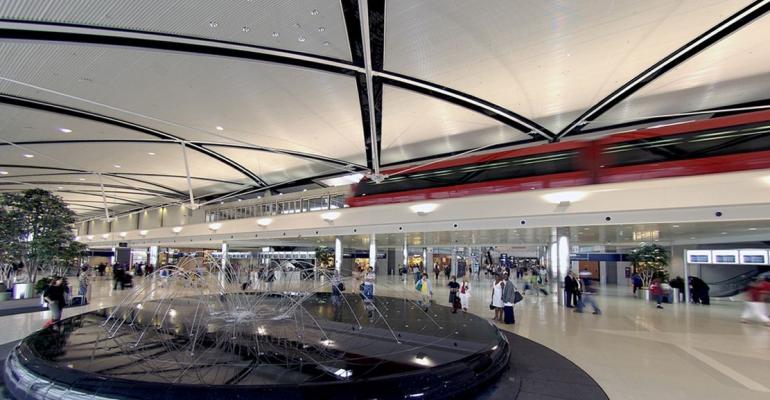The nation’s strong industrial resurgence has now reached Detroit, a city that was among worst hit by falling property values during the recession. Vacancy at industrial buildings in Detroit dropped to around 7 percent in the fourth quarter, a level not seen since the turn of the century.
The Motor City, home to the three major U.S. automakers, was once known as an industrial powerhouse, but many buildings, especially in Detroit, are now old and not up to the standards required by investors focused on class-A assets. Demand has returned, led in part by the resurgence of the automotive industry, and new industrial construction nears 2 million sq. ft.
However, because rents have stayed low, developers are having a hard time justifying anything more than build-to-suit facilities.
“The quality of the class-A requirements today for the big modern warehouses, there’s just a dearth of that type of product in Detroit,” says John Latessa Jr., senior managing director for the Midwest region with commercial real estate services firm CBRE. “There’s a gap in the rents that the owners would want to get, and what’s currently possible. However, that has made land prices jump from $1 per sq. ft. to up to $4 per sq. ft. by the big developers as they get ready for new demand.”
The current direct asking lease rate for Detroit-region industrial real estate stayed flat at about $4.66 per sq. ft. in the fourth quarter, according to a CBRE report. Latessa says many owners still own properties with lease deals dating back to the recession, and it will take time to get those rents up to market rates.
It’s not a coincidence that the city of Detroit itself, the oldest developed area in the market, has the highest vacancy rate at 14.8 percent, according to a fourth quarter report from real estate services firm Colliers International. The higher rate correlates to the number of old and obsolete buildings in the city, which includes more than 1,800 properties totaling more than 83 million sq. ft. However, even in Detroit, quality buildings still attract tenants, according to the Colliers report.
Detroit Metropolitan Airport, which is located in western Wayne County, is the largest sub-market in the Detroit, at 132 million sq. ft. of industrial buildings clustered east of I-275, between I-96 and I-94. This is the one market that traditionally holds the most big-box warehouse and speculative development. For example, Ashley Capital is now planning a 1-million-sq.-ft speculative property on the 116-acre former GM Delco Chassis site at I-96 and I-275. The Ashley deal is a partnership with RACER Trust.
Oakland County was the darling of the industrial market in 2014, and looks to have a good 2015, experts say. Nearly half of the area’s new construction is going up in Oakland County, according to a fourth quarter report by Newmark Grubb Knight Frank. The Southwest Oakland sub-market has absorbed more than 1.1 million sq. ft. of space in the past two years. Demand has continued to gain momentum in Southeast Oakland, with vacancy dropping to 4.7 percent, the lowest rate in metro Detroit, and more than 2 million sq. ft. of space absorbed in 2014 alone.
The area along I-75 surrounding Chrysler North American headquarters and Pontiac has also recovered quite well, says Ryan Brittain, associate vice president at Colliers in Detroit. “Build-to-suit activity is strong in the Auburn Hills market right now, with buildings completed for predominantly European and Asian automotive suppliers,” he notes. “Some recent examples include Henniges, Faurecia, Atlas-Copco, Hirotech, and GKN, amongst others. Ralco also has cranes in the air for their new headquarters building.”
Brittain says Detroit’s industrial sector should continue to gain momentum in 2015. Local developers will remain cautious, but will continue to remobilize capital, and national and foreign investors are starting to take notice of a strong secondary market.
“Unlike 2008-2009, where tenants could call the shots, landlords now dictate terms/rates and companies are competing for space,” Brittain says.

